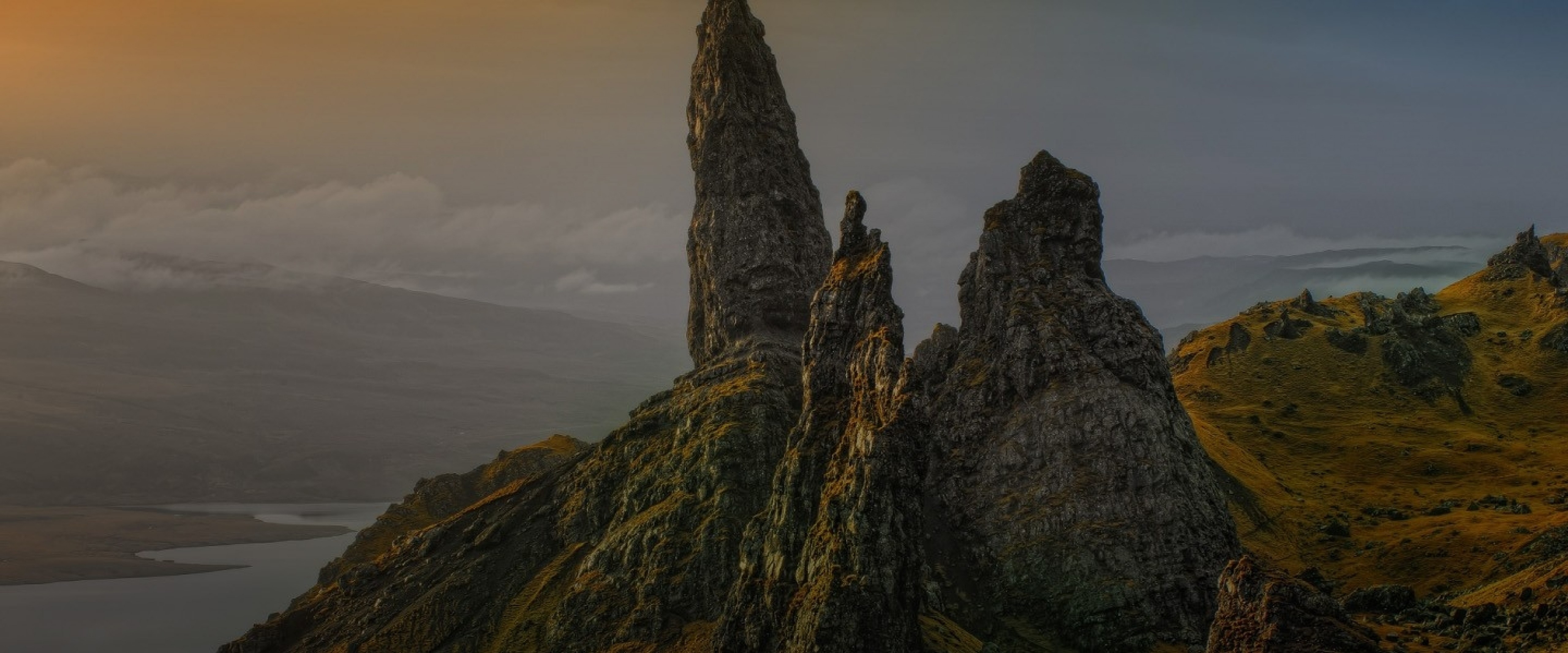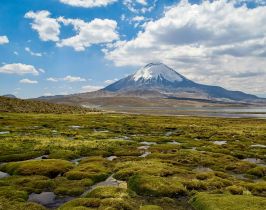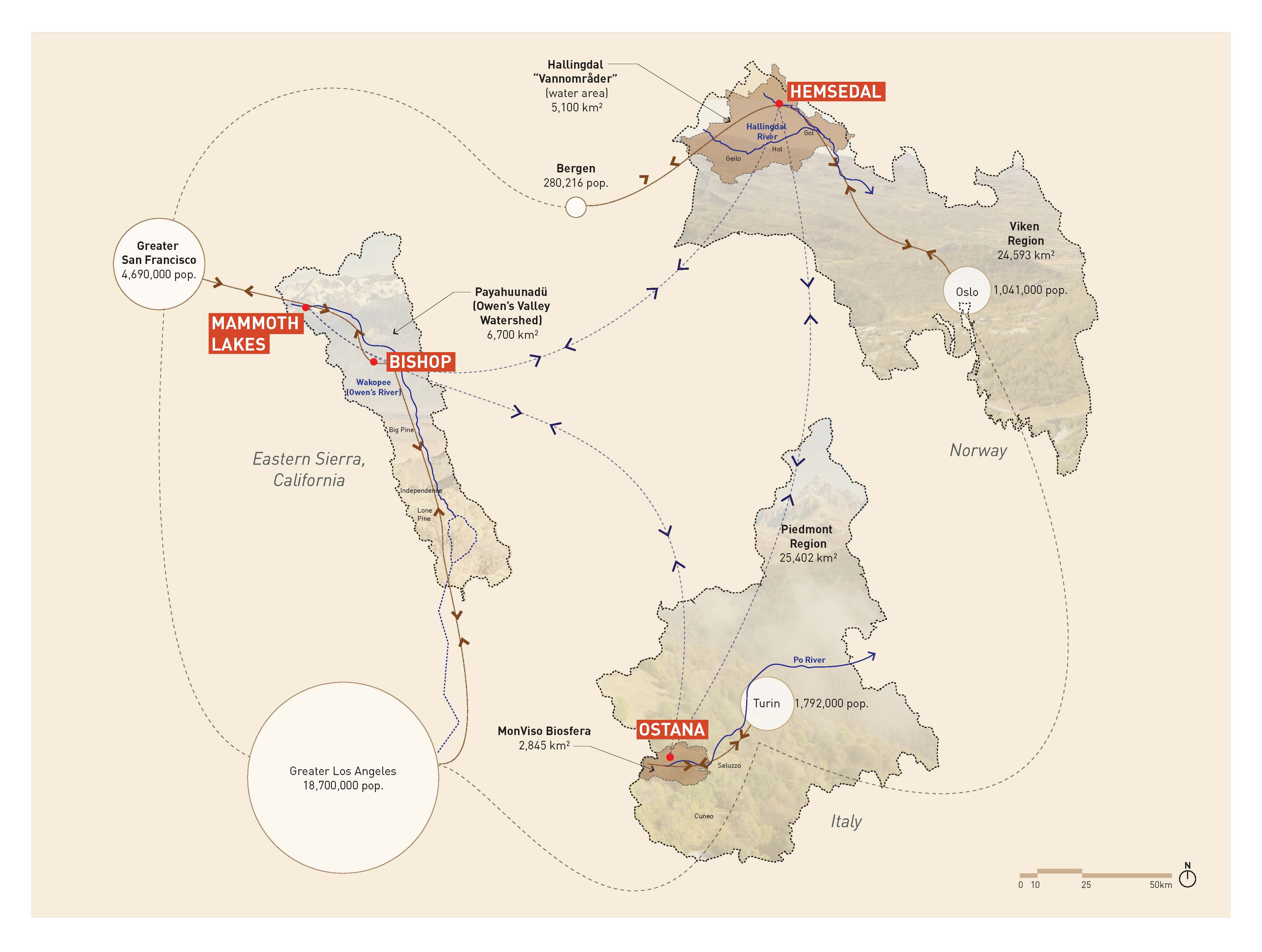In 2021, the Mountain Research Initiative (MRI) Coordination Office celebrated its 20th anniversary. To commemorate the collective effort that has made the MRI what it is today, the Coordination Office published Mountain Research Initiative: 20 Years of Making Connections for Our Changing Mountains.
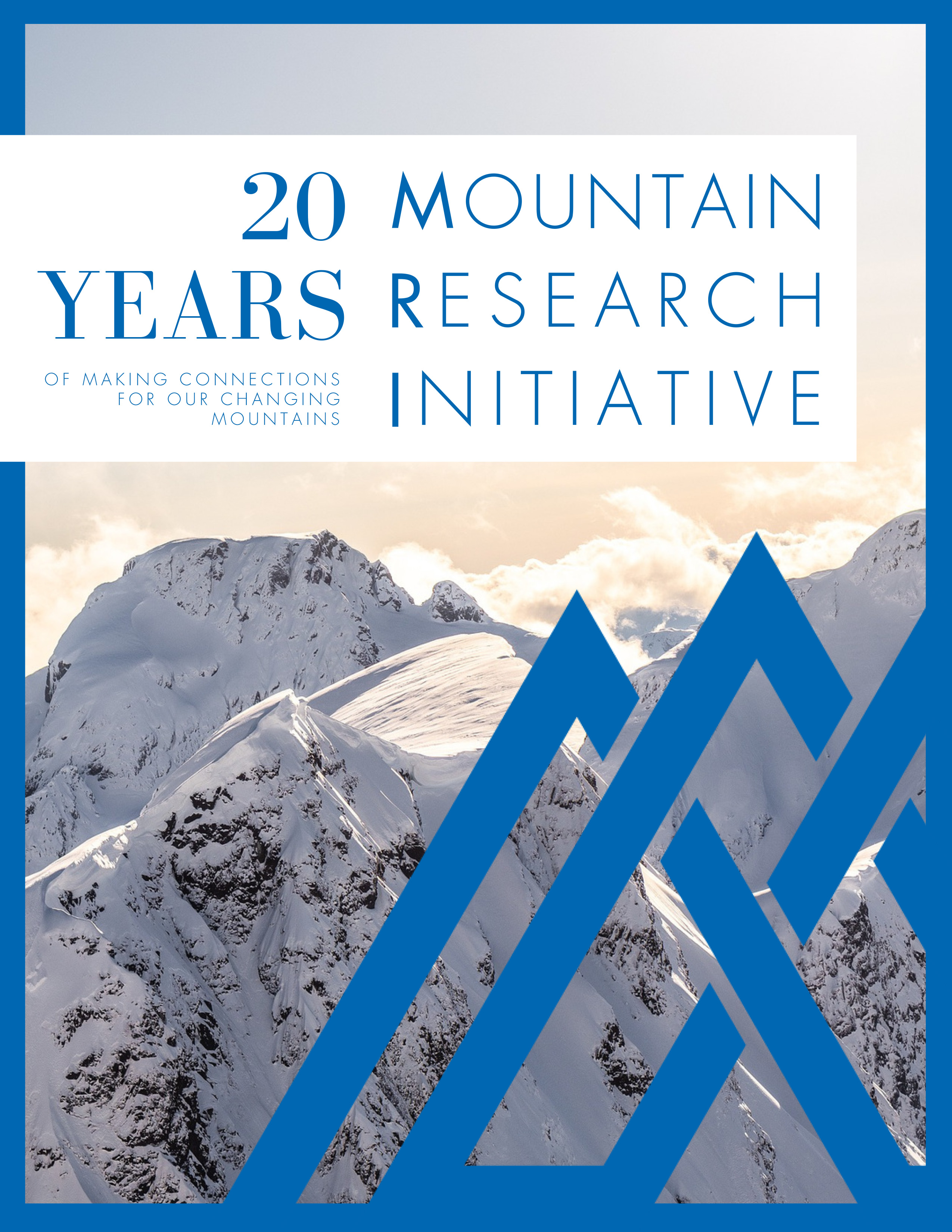 This 20-year milestone is testament to the efforts of mountain researchers worldwide who have come together across borders and disciplines to advance our understanding of global change in mountain social-ecological systems.
This 20-year milestone is testament to the efforts of mountain researchers worldwide who have come together across borders and disciplines to advance our understanding of global change in mountain social-ecological systems.
As part of a year-long communications campaign, this publication celebrates just a few of the many key contributions made by the MRI community, and invites those who have been part of its 20-year history to share their reflections on the past, present, and future of the network.
Highlights of the publication include:
- A historical timeline showing the growth of mountain research and key milestones of the MRI.
- Spotlights on the MRI’s core flagship and community-led activities, past and present. -
- Stories from our changing mountains, including a community photo essay on a changing Alaskan glacier and a resilient Swiss mountain village under climate threat.
Mountain Research Initiative: 20 Years of Making Connections for Our Changing Mountains takes stock of the MRI’s storied successes and aspirations for the next 20 years and beyond.
Citation: Mountain Research Initiative (2022). 20 Years of Making Connections for Our Changing Mountains. Bern, Mountain Research Initiative. http://dx.doi.org/10.48350/171161
Actively participating in multi-stakeholder dialogues and assessments at the science-policy interface is one way for the MRI community to contribute relevant research findings and connect those to policy knowledge needs, while also guiding future research and synthesis activities to better address these needs. Active participation at this interface is not only important in our pursuit of knowledge to “support decision, actions, and transformations to sustainable mountain development” (Adler et al, 2020), but also to support and substantiate advocacy efforts to raise the profile of mountains and mountain research for international policymaking.
As part of our vision and priorities in the 2019-2023 period (Adler et al, 2020), the MRI is participating in, and in some cases coordinating, a number of activities to help facilitate the identification and/or compilation of inputs from across the mountain research community for various science-policy knowledge needs, such as global and/or regional scientific assessments.
Below is a list of ongoing activities in this period.
Climate Change
Contributions to the Intergovernmental Panel on Climate Change (IPCC) Sixth Assessment (AR6):
- Special Report on the Ocean and Cryosphere in a Changing Climate (SROCC)
- Climate Change 2022: Impacts, Adaptation and Vulnerability
- Cross-Chapter Paper 5: Mountains
- SDC-funded project 'Contributions to the Sixth Assessment Cycle of the IPCC'
Sustainable Development
Contributions to the 2030 Agenda for Sustainable Development, and its 17 Sustainable Development Goals (SDGs):
Disaster Risk Reduction
Contributions to the UN Office for Disaster Risk Reduction (UNDRR) Global Assessment Report on Disaster Risk Reduction (GAR) 2022:
- Addressing disaster risk in mountain regions
- Sustainability Research & Innovation Congress 2021 session 'Addressing Systemic Risks in Social-Ecological Systems: Mountains as Contexts for Evidence and Action'
Biodiversity
Contributions to the UN Convention on Biological Diversity Post-2020 Global Biodiversity Framework, under the coordination of UN Environment and in collaboration with the Global Mountain Biodiversity Assessment:
- Elevating Mountains in the Post-2020 Global Biodiversity Framework
- Policy Brief | Elevating Mountains in the Post-2020 Global Biodiversity Framework 2.0
- Indicators for Elevating Mountains in the Convention on Biological Diversity’s Post-2020 Global Biodiversity Framework
Other related activities
The MRI, via its Flagship Activity GEO Mountains, is also supporting activities designed to enhance and bring assessment-relevant data and information to support global and regional policy processes, as well as help substantiate inputs for monitoring frameworks and campaigns that are fit-for-purpose in mountain contexts.

GEO Mountains recently hosted a session entitled Past climates in our changing mountains: Contributions from the paleoscience community at the PAGES Open Science Meeting 2022. This session will hopefully act as a foundation to build stronger ties with the paleoscience community working in mountains. In addition, collaborators from the GEO Mountains Secretariat were involved in two presentations highlighting recent publications in a session on Mountain Weather and Climate at the EGU General Assembly 2022 (Schöner et al., 2022; Thornton et al., 2022).
Cover image by Samsommer.
Alpine-Urban Resilience: Systemic Design as a co-creative path towards regenerative mountain communities
Haley Fitzpatrick
PhD Candidate at The Oslo School of Architecture & Design (AHO)
Design Associate at the MonViso Institute
Supervisors
Prof. Dr. Tobias Luthe
Professor at AHO and ETH Zurich, Systemic Design Labs
Co-founder & Director, MonViso Institute & Grown Design
Prof. Dr. Birger Sevaldson
Professor at AHO
Founder of Systems-Oriented Design (SOD)
Prof. Dr. Silvia Barbero
Professor at Politecnico of Turin
Chair of the Systemic Design Association
Keywords: Real-world action, sustainability transformations, complexity, narrative, place identity, bioregional, cross-scalar
Overall Aims
We are more connected than we think, yet we’ve artificially separated ourselves from each other and nature. How can a transdisciplinary Systemic Design approach help us reconnect and encourage transformative change towards greater alpine-urban resilience?
This PhD project explores ways of activating synergies between diverse worldviews, stakeholders, places, and systems to co-create resilient and regenerative mountain communities. Using a multi-modal approach framed by Systemic Design, this project explores how the combination of different ways of knowing, methods and practices can inform processes to broaden awareness and participation in complex sustainability transformations.
These aims and methodologies are explored through the comparison of three diverse “living examples” of mountain communities undergoing sustainability transitions: Ostana, Italy (Figure 1); Hemsedal, Norway (Figure 2); Mammoth Lakes/Bishop, California (Figure 3). Many mountain communities are facing similar complex challenges, such as urban-to-rural migration accelerated by COVID-19, extreme climate change events and polarizing politics, yet the triggers of these interrelated issues often remain invisible, misunderstood, or are only addressed in a siloed manner. In response, this project explores processes to better understand, engage and intervene within the complexity of such challenges, i.e., by revealing hidden connections and activating new synergies between seemingly disparate or conflicting aspects of social-ecological systems.
This project contributes to mountain resilience research by developing methodological synergies between Systemic Design research and practice, sustainability science and action-oriented research through the holistic, cross-scalar, place-based and participatory nature of this comparative work.
Researcher Role
Within this research project, I consider myself a weaver, facilitator and co-creator who invites a diversity of people, with a myriad of ideas and ways of knowing, on this collective journey towards reconnecting to place, each other, and our planet.
Evolving Research Questions
- How can expanding worldviews activate increased potential for consensus and real-world action?
- How can a Systemic Design (SD) approach reframe and transform existing alpine-urban dependencies into more regenerative and synergistic partnerships?
- What combination of methods within SD are most effective in addressing the complexity of sustainability transformations in mountain communities and how can practical cases inform the development of such methods?
- What kinds of collaborative relationships exist/existed in mountain communities and what mechanisms are needed to activate new synergistic partnerships for future resilience pathways?
- How does the presence of diverse and/or conflicting place identities influence resilience pathways? How can a bioregional perspective be used to better understand such dynamics?
Ostana, Italy
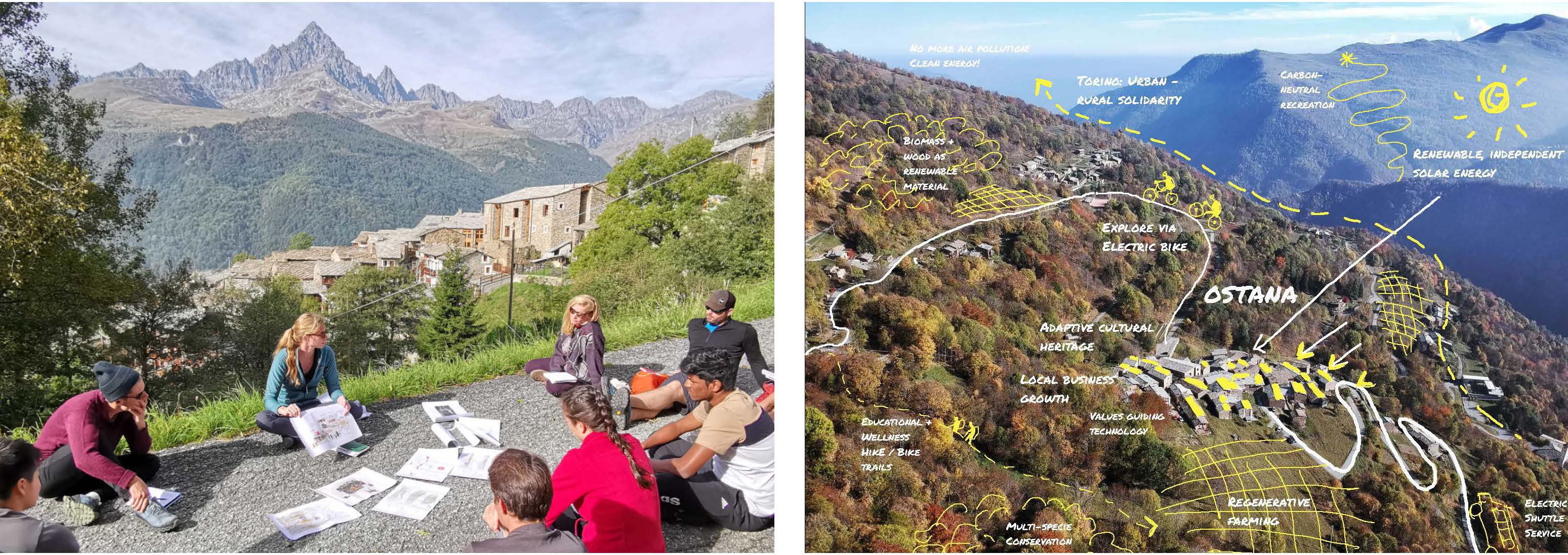
Figure 1: (Left) Illustrating the relationships between place identity and systemic innovation with a Master’s student course led by MonViso Institute (Right) A visualization of on-going and future community resilience interventions
Hemsedal, Norway
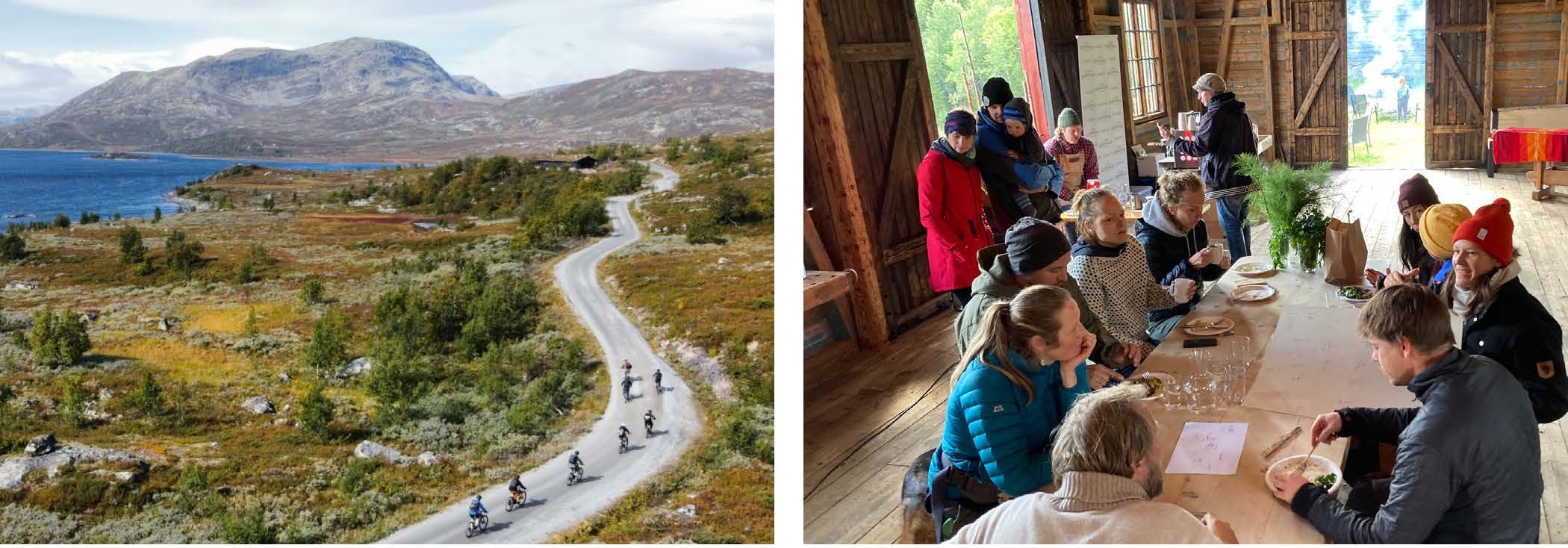
Figure 2: (Left) Real-world systemic interactions and mind-body teaching practices through (electric) bike excursions .
(Right) Gigamapping with local farmers and hospitality business owners, brainstorming ways of activating place-based farm-to-table networks
Mammoth Lakes/Bishop, California
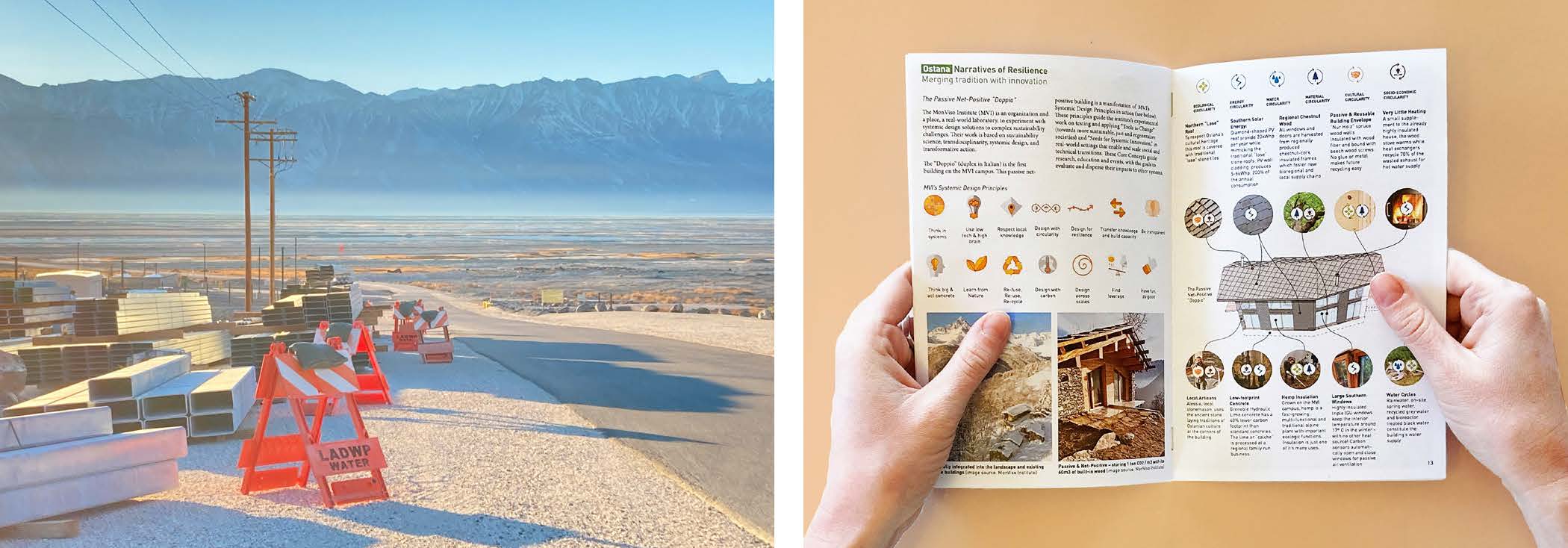
Figure 3: (Left) Touring the artificial desiccation of Patsiata, now known as Owen’s Lake, a living example of the embodied tensions over land and water in the Eastern Sierra
(Right) Narratives of Mountain Resilience, a prototype booklet used to engage with local stakeholders and activate the exchange of narratives
Methodologies
Transdisciplinary approaches are intrinsic to sustainability science, yet a greater hybridization of different knowledge systems, disciplines, cultures, and real-world praxis is required. Transforming complex social-ecological systems should be based on scientific data, yet the limitations of science are becoming evident. Due to today’s highly entangled and unforeseeable challenges that span across scales, time and contexts, more holistic ways of synergizing various practices and methods are needed. The emerging field of Systemic Design (SD) is a promising approach, which merges systems-thinking and design methodologies. However, further development is needed in how scientific, quantitative, and data-driven methods can be integrated with qualitative methods of SD, such as the “designerly,” visual dialogue practices within Systems-Oriented Design (SOD).
Therefore, this PhD project methodologically contributes to SD research by further developing how the complementary interweaving of SOD, other design disciplines (such as landscape architecture), science and transformative action can be leveraged for real-world impact. A combination of diverse methods is used to effectively engage with a wide array of practices, cultures, species, scales and places, such as participatory methods (i.e. collaborative visual dialogue) quantitative tools (i.e. social network analysis) qualitative approaches (i.e. narratives) and holistic mindsets.
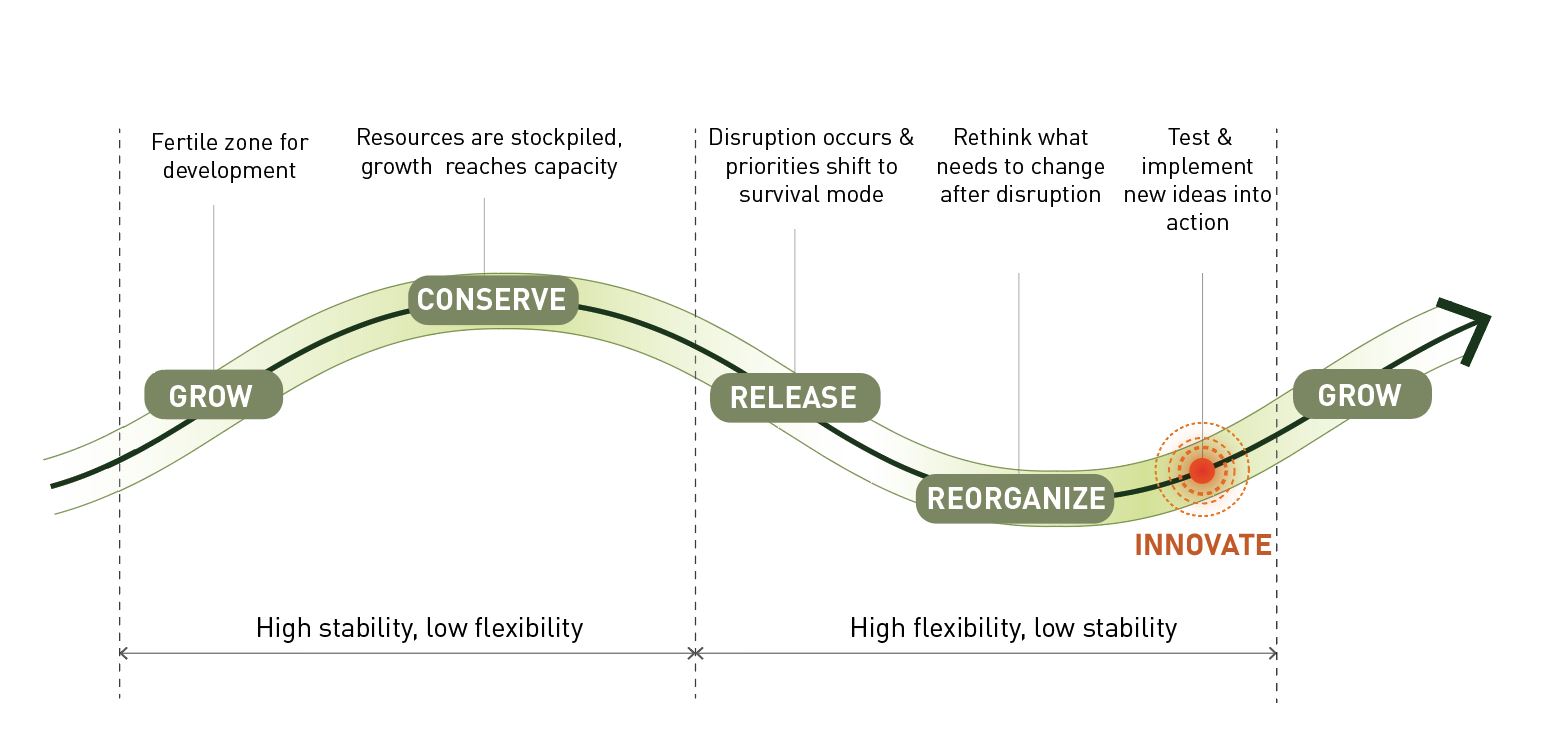
Figure 4: Adaptive waves model of resilience, based on Luthe, T., Wyss, R. Introducing adaptive waves as a concept to inform mental models of resilience. Sustainability Science 10, 673–685 (2015).
In detail, the following methods are used to address the above research questions:
- Comparative case-study research across (3) global mountain communities
- Gigamapping: a collaborative and interactive practice within Systems-Oriented Design (SOD) aimed to build shared understandings of complex systems through visualization and dialogue (Figure 5) Within gigamapping, evaluation tools like ZIP (zoom-in-points) Analysis and Impact-Threshold Analysis are used to understand leverage points and intervention opportunities within complex systems.
- Participatory action research: public co-design workshops and interactive forums with local and regional stakeholders
- Using Bachelor and Master’s student courses (The Oslo School of Architecture and Design, ETH Zurich, Politecnico of Turin) as student driven tools for nudging local social processes
- Narrative inquiry, evaluated quantitatively and qualitatively through the adaptive waves model of resilience (Figure 4) collected and assessed through ethnographic methods such as field notes, walking interviews, semi-structured interviews, co-design workshops, visual dialogue
- Social Network Analysis (SNA) to quantitatively measure the extent of community resilience and synergy
- Landscape site analysis and mapping through GIS
- Quantitative assessment of social-ecological systems data through public sources (traffic volume, ecosystem services, property rates, climate change data, visitor counts, etc.)
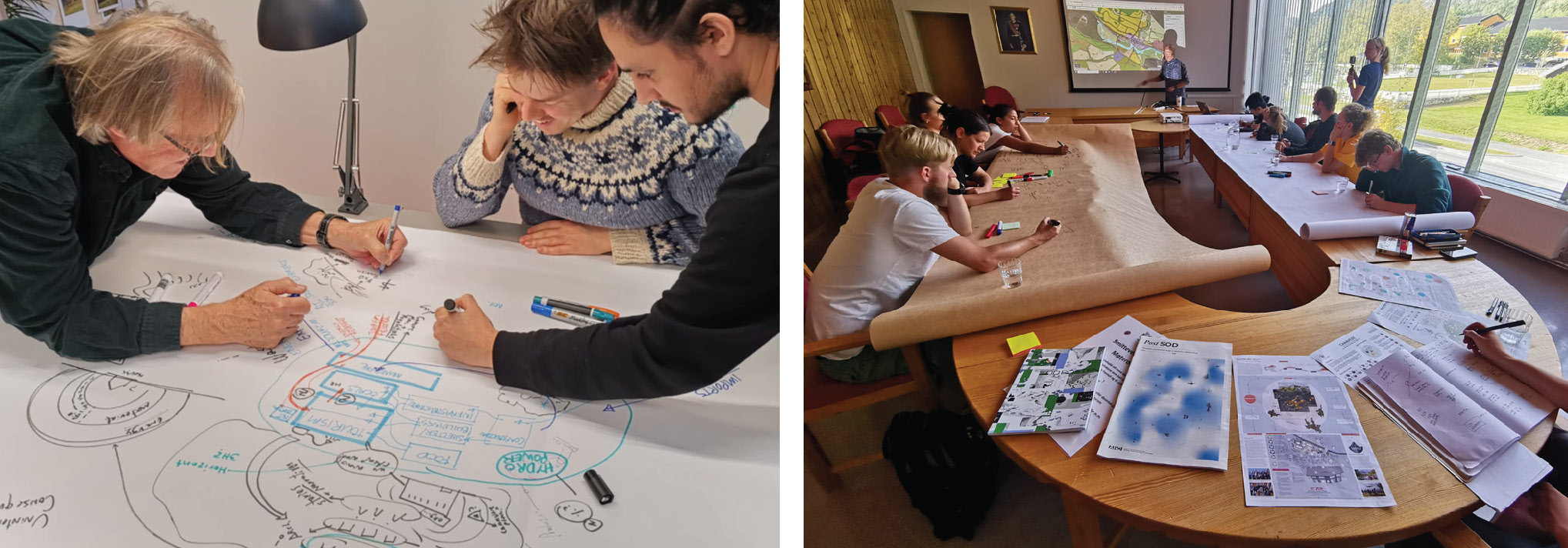
Figure 5: (left) Gigamapping and visualizing narratives with SOD teaching staff, Master’s students and the mayor in Hemsedal, NO (right)
Related Resources
MonViso Institute
https://monviso-institute.org/
Systemic Design Association
https://systemic-design.org/
Systems-Oriented Design
https://www.systemsorienteddesign.net/
Timeline
Project Start: November 2020
Estimated Project End: September 2024
Contact
This email address is being protected from spambots. You need JavaScript enabled to view it.
General statement on image sources: Photo credit to Tobias Luthe and/or Haley Fitzpatrick, unless otherwise stated.



